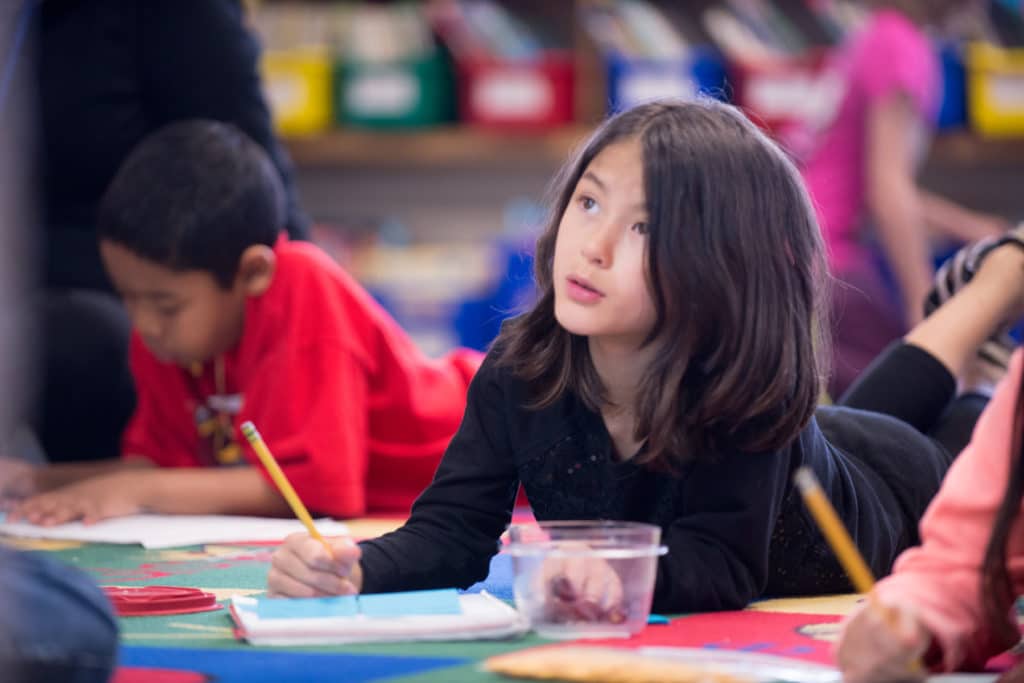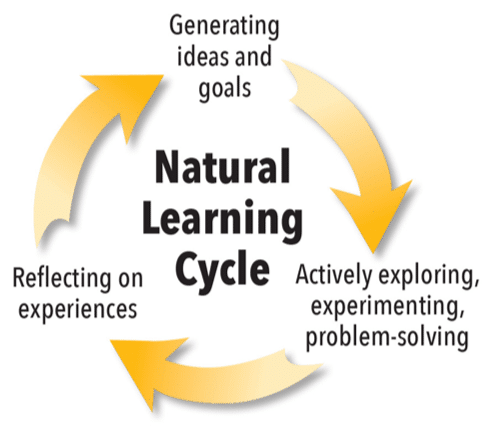
There are days when, as educators, so many tasks are vying for our attention that our to-do lists feel endless. During these hectic days, reflection—a key piece of teaching and learning—is often the first thing to go. Many of us find ourselves careening from one point in the day to the next with little time to breathe, let alone time to stop and reflect. Similarly, when class schedules get busy, student reflection often gets cut for time first. This frantic pace is often rewarded by a culture that celebrates busyness and multitasking. But what are we sacrificing when we don’t make time to slow down and reflect?

As modern education pioneer John Dewey wisely stated: “We do not learn from experience. We learn from reflecting on experience.”
Reflection—whether it’s the student reflection at the end of a lesson, class reflection at the end of a day of learning, or your own professional and personal reflection on choices, habits, and success—is one-third of the natural learning cycle.
When students reflect throughout the school day, it allows them to:
When teachers reflect, it allows them to:
For both adults and students, each school day is full of listening, observing, creating, interacting, and problem-solving. When we move through all of that without pausing to reflect, we miss the opportunity to consider what was learned, what went well, what was challenging, what strategies were helpful and which were not, and what we might do differently next time. Reflection questions like those are deceptively simple yet hold the potential to foster a growth mindset and further your movement through the learning cycle.
As you look ahead, consider the power that reflection has in the learning cycle and gift yourself and your students with opportunities for purposeful reflection throughout the day. And remember, reflection is not just one more thing on your to-do list—reflection is learning.
For more on the power of reflection and the natural learning cycle, check out Make Learning Meaningful: How to Leverage the Brain’s Natural Learning Cycle in K-8 Classrooms.